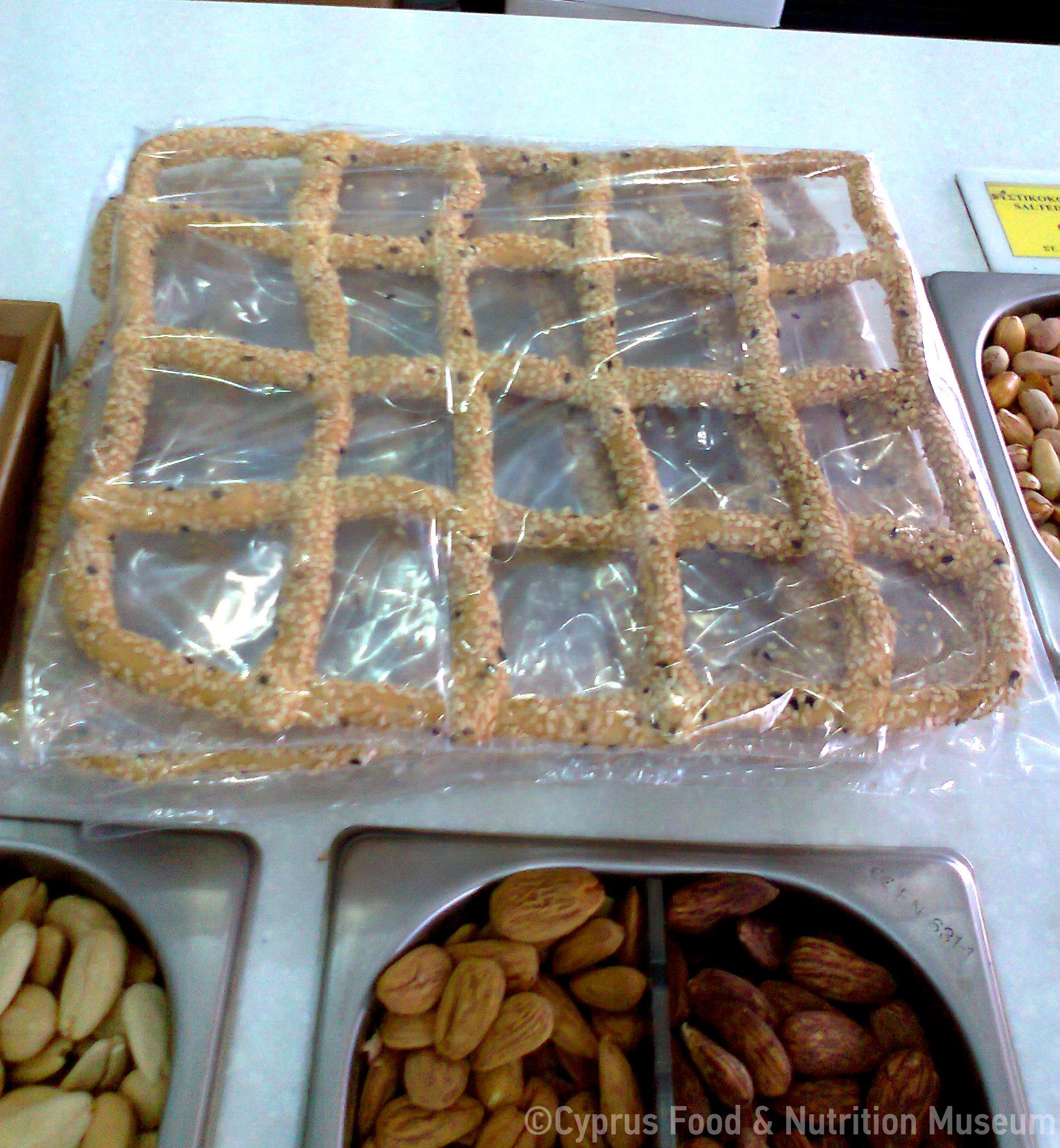Name - Origin
While people were chanting the carols and the "Lazaropaedo" would ‘resurrect’, the women would sprinkle him with rose petals and roses, while putting a bite of bread and a bit of wine in his mouth. Then the church choir, accompanied by violin and lute, would sing a joyful religious hymn and the congregation would shout "Lazarus has risen". Afterwards, the church committee would hand out kollyva, food, drinks (zivania and commandaria) sweets and bread to the people. At the same time they would sprinkle the worshippers with rose water using silver merrehes*. Afterwards, all the people would join in procession and go around the neighbourhoods of Larnaca - as the children would do in villages - singing various religious hymns (Sofokleous, 2004 p. 145)
*Merreha is a small pot with a very narrow opening used in ceremonial events.
Functional and symbolic role
People would offer eggs, anari cheese and glystarkes to the children who were singing "Lazarus". Glystarkes were kneaded in advance with great skill in order to be given to the children (Kypri, Protopapa, 2003, p. 143).
Associated with the feast of Saint Lazarus.
Additional information and bibliography
Lazaropaedon In the old days, in the church of Saint Lazarus in Larnaca, as well as in other areas of our island, they used to re-enact the resurrection of Lazarus, thus honouring his memory. They would hold "Vínes" decorated with flowers and the child who was playing the role of Saint Lazarus in front of them, also decorated with wild flowers. They would go from house to house in the neighbourhoods of the city, carrying the message of the resurrection of Christ's friend, singing a religious song. The song's ending was a blessing: "... and we wish you and your children well, may the Virgin Mary and Christ and Saint Lazarus help you. Amen.”
The procession was preceded by the re-enactment of the resurrection in the church, which was organised by the members of the church committee; the most handsome boy of the parish was chosen early on, the so-called "Lazaropaedon", who would be dressed in a white tunic decorated with lazarous, the well-known wild flowers. The bishop with the priests and the congregation would wait next to the main church, singing mournful hymns. Lazaropaedon would lie on a bed of flowers and the priest would read the gospel. When he would reach the phrase "Lazarus, the supposedly dead Lazarus would “resurrect” (Sofokleous, 2004 p. 145).
Sofokleous G (2004) Παράθυρο στη Κύπρο μας. Λαογραφική – Πολιτιστική Ανθολογία, τομ. Β΄, Nicosia.
Kypri Th. - Protopapa K. A. (2003), Παραδοσιακά ζυμώματα της Κύπρου. Publications of the Centre for Scientific Research, XVIII, Nicosia.
Stalo Lazarou, Dimitriou Demetra
